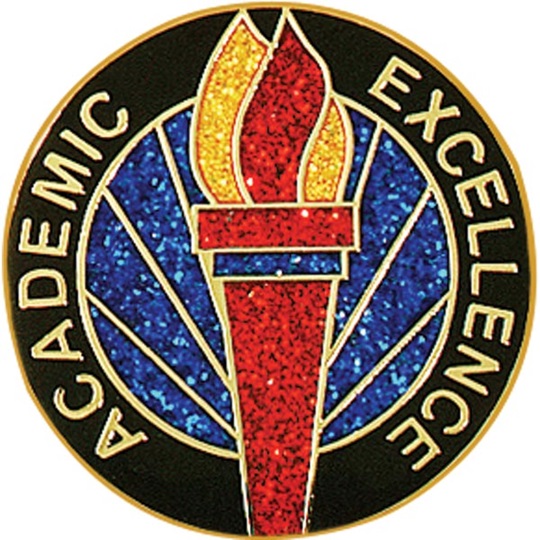<Editor’s Note: The E4TSD team is working hard to provide comprehensive analysis on last night’s Troy School District (TSD) board meeting and hope to share a review shortly. We are also working to confirm some information we recently received and hope to bring an exclusive report in the coming days regarding TSD’s staffing allocations for 2025-26. Please stay tuned. In the meantime, please enjoy a brief overview of the essential functions of school boards in Michigan as some may find it to be a helpful primer for making sense of the Troy school board’s actions.>
When we think about the people involved in education, teachers, principals, and superintendents usually come to mind. But alongside them, there is an elected group of officials—the board of education—who are responsible for the governance of the community’s school district. While not involved in daily school management, their decisions establish the framework in which our schools operate.
The board’s role is to provide local citizen governance and oversight for the community’s public schools, ensuring they are accountable to the public they serve.
1. Setting a Strategic Direction
A primary function of a school board is to answer the question: “What are our goals for this district?” This involves working with educators and community members to establish a clear, long-term vision and strategic plan for the school district. This plan outlines specific, measurable goals and identifies the steps needed to achieve them. By creating and adhering to a strategic plan, the board works to ensure that its decisions regarding budget, staffing, and programs are aligned with the district’s stated objectives.
Question: To what extent will the current board be engaged in the development of TSD’s next strategic plan?
2. Using Policy for Governance
The school board’s main tool for governance is its role as a policymaking body. Policies are the formal, written guidelines that direct the actions of the school district. The board develops, approves, and reviews policies covering a wide range of areas, including:
- Curriculum and Instruction: The board approves the curricula, courses, and educational materials used in classrooms.
- Student Welfare and Discipline: Policies on student safety and conduct are set by the board to maintain a structured learning environment.
- Personnel and Employment: The board establishes policies related to hiring, employee contracts, and working conditions.
- Fiscal Management: Policies dictate how district funds are managed.
Through this policy-making function, the board provides the superintendent and district staff with a clear framework for running the day-to-day operations of the schools.
Question: To what extent will the current board fulfill their statutory obligations to: 1) review and approve curricula (rather than rubber stamp); 2) develop a a more comprehensive board policy manual; and 3) exercise their fiduciary responsibility to actively monitor TSD’s finances?
3. Hiring and Working With the Superintendent
One of the board’s key responsibilities is to hire the superintendent, who serves as the district’s chief executive officer. The board is then tasked with maintaining a productive working relationship with this individual.
The structure is designed so that the board handles governance (the “what”), while the superintendent and their staff handle administration and management (the “how”). The board sets the policy, and the superintendent is responsible for implementing it. A functional partnership between the board and the superintendent is important for district operations. The board is also responsible for evaluating the superintendent’s performance against district goals.
Question for 2025-26: To what extent will the current board hold Rich Machesky accountable for the unresolved challenges that continue to plague TSD?
4. Financial Oversight and Accountability
School boards are responsible for overseeing a significant public budget. A core function is to ensure the district is financially sound and that public funds are used according to the district’s goals. This involves several specific duties:
- Adopting the Budget: The board formally adopts the annual district budget.
- Levying Taxes: The board has the authority to levy local taxes to help fund the schools.
- Monitoring Finances: They oversee the district’s spending and revenue throughout the year.
Beyond finances, the board serves as an accountability body for the district’s performance. This includes reviewing student achievement data and other metrics to monitor progress toward district goals and make informed decisions.
Questions: Will the current board form a standing finance committee to ensure they are providing adequate financial oversights? Is anyone on the current board qualified to serve as treasurer?
5. Representing the Community
Finally, the school board is intended to act as a link between the community and the school system. Members are elected to represent the interests and concerns of their constituents. This public-facing role involves:
- Gathering Input: Engaging with parents, students, staff, and other residents to understand their perspectives.
- Communication: Fostering transparency and open communication about the state of the schools.
- Advocacy: Representing the district’s needs to the public and other government bodies.
The work of a school board is multifaceted. By understanding the specific responsibilities of the board, community members can better understand their local public education system.
Question: Which current board members truly represent the community that elected of them and which simply vote to always implement their agenda without due consideration?
Thanks for reading! And please sign up for our email newsletter:
https://tinyurl.com/tsdexcellence
